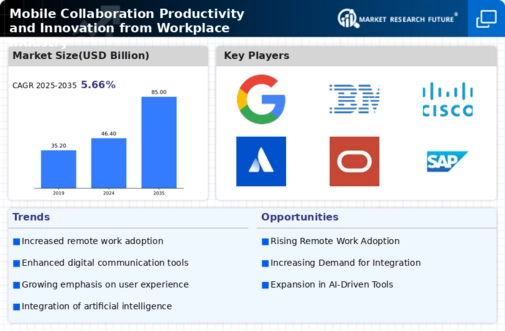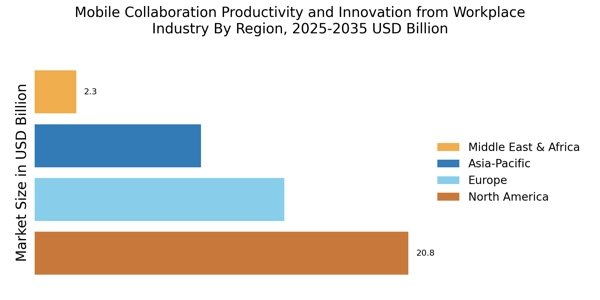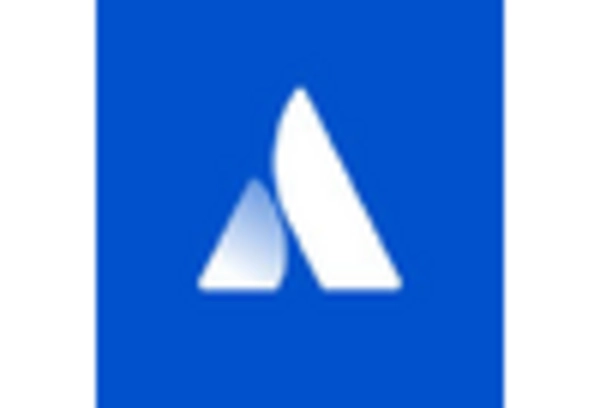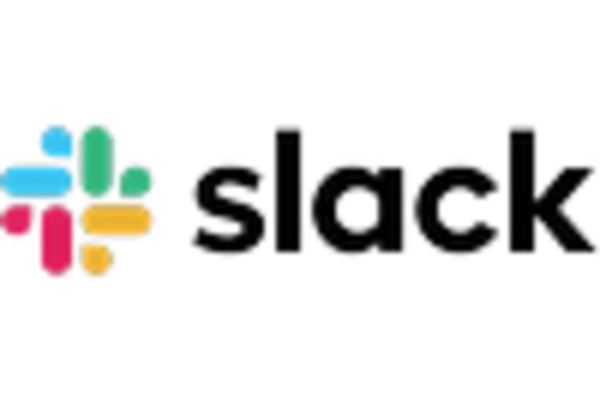Rise of Collaborative Workspaces
The rise of collaborative workspaces is reshaping Mobile Collaboration Productivity and Innovation Industry. These environments are designed to promote teamwork and creativity, encouraging employees to engage in collaborative efforts. Data suggests that organizations with collaborative workspaces experience a 20% increase in productivity. This trend is driving the development of mobile collaboration tools that complement these physical spaces, allowing teams to connect and collaborate effectively, regardless of their location. As the concept of collaborative workspaces continues to gain traction, it is likely to spur further innovation in mobile collaboration technologies.
Advancements in Mobile Technology
The rapid advancements in mobile technology are significantly influencing Mobile Collaboration Productivity and Innovation Industry. With the proliferation of high-speed internet and the advent of 5G networks, mobile devices are becoming increasingly capable of supporting complex applications and real-time collaboration. Data indicates that mobile device usage in professional settings has surged, with over 80% of employees utilizing smartphones for work-related tasks. This trend suggests that organizations must prioritize mobile-friendly solutions to remain competitive. As mobile technology continues to evolve, it is expected to unlock new possibilities for collaboration and productivity in the workplace.
Integration of Cloud-Based Solutions
The integration of cloud-based solutions is transforming Mobile Collaboration Productivity and Innovation Industry. Cloud technology enables seamless access to data and applications from any device, facilitating real-time collaboration among teams. Recent statistics reveal that over 60% of organizations have adopted cloud services, highlighting the growing reliance on these platforms for mobile collaboration. This shift not only enhances productivity but also allows for greater innovation, as teams can share ideas and resources effortlessly. The trend towards cloud integration is likely to persist, further shaping the landscape of mobile collaboration in the workplace.
Emphasis on Data Security and Compliance
As mobile collaboration becomes more prevalent, the emphasis on data security and compliance is increasingly critical in Mobile Collaboration Productivity and Innovation Industry. Organizations are recognizing the need to protect sensitive information while enabling collaboration among remote teams. Recent surveys indicate that nearly 75% of companies prioritize data security measures when selecting collaboration tools. This focus on security not only safeguards organizational data but also fosters trust among employees and clients. As regulatory requirements evolve, the demand for secure mobile collaboration solutions is expected to grow, influencing innovation in this sector.
Increased Demand for Remote Work Solutions
The ongoing evolution of workplace dynamics has led to an increased demand for Mobile Collaboration Productivity and Innovation Industry. Organizations are increasingly adopting remote work solutions to enhance flexibility and employee satisfaction. According to recent data, approximately 70% of employees express a preference for remote work options, which has prompted companies to invest in mobile collaboration tools. This shift not only facilitates communication but also fosters a culture of innovation, as teams can collaborate seamlessly regardless of their physical location. The emphasis on remote work solutions is likely to continue, driving further advancements in mobile collaboration technologies.


















Leave a Comment